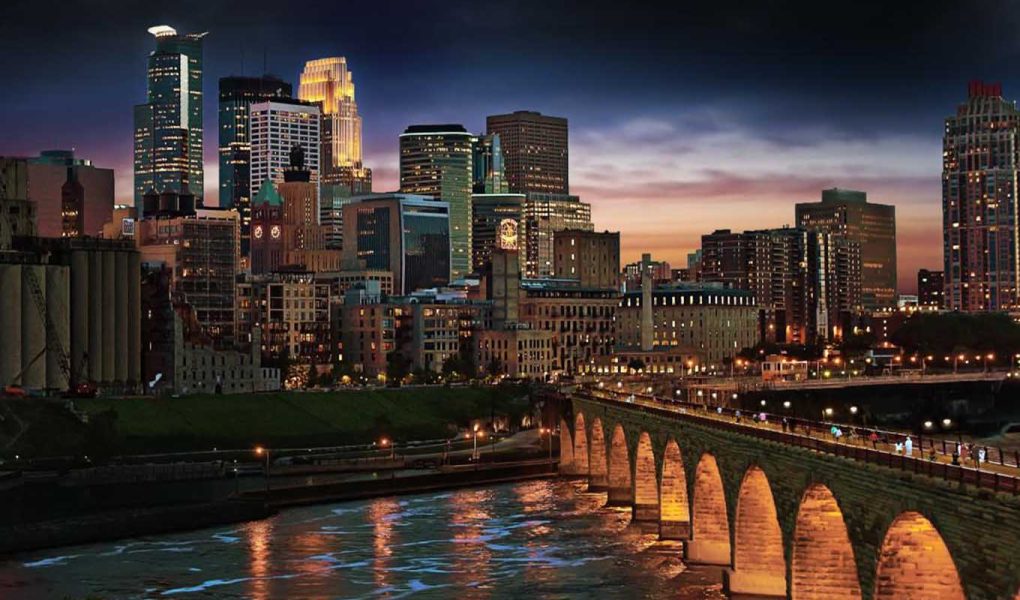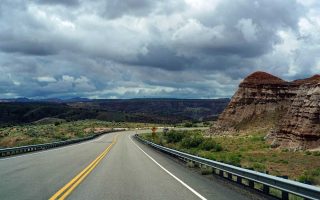Minneapolis, a city in the Midwest of the United States, is full of the charm of outdoor activities in summer. As a lake city, Minneapolis not only has charming water scenery, but also rich camping resources. Whether it is camping by the lake, camping in the forest, or setting up tents in campsites near the city, Minneapolis provides a variety of options for camping enthusiasts.
For travelers who like to get close to nature, summer camping is one of the most unique ways to experience the city. During the day, you can go boating, swimming, or hiking on the lake; at night, you can enjoy a bonfire and dinner under the stars. During the camping process, from setting up the tent to preparing the picnic basket, from choosing a sleeping bag to carrying lighting equipment, every detail is crucial and directly affects the comfort and safety of camping.
1. Preparation before camping
1.1 Choose a camping site
In Minneapolis, the most popular camping sites are usually located near parks or lakes around the city. The natural landscape here is unique, and many places have camping facilities, which allows tourists to enjoy nature while having comfortable accommodation conditions.
Lake Minnetonka Regional Park: There are multiple camping sites and abundant water activities here, which is very suitable for camping with families and friends.
Lake Harriet Park: Located near the city center, it is conveniently located and is the first choice for many local residents and tourists.
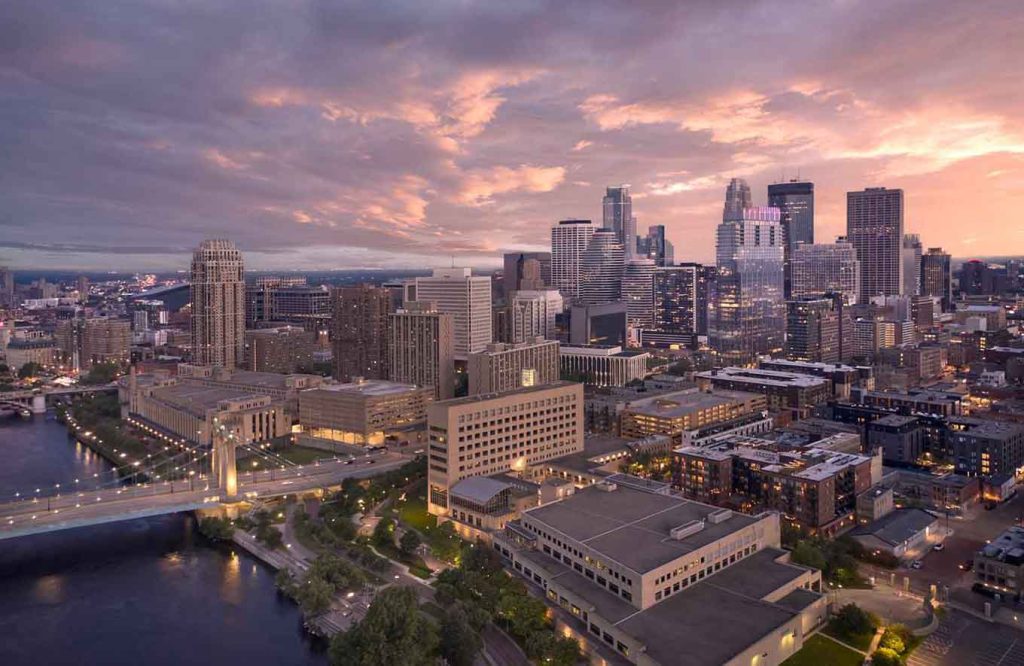
Lake Nokomis Park: Suitable for beginners, the surrounding natural landscape makes people relax, and the camping facilities are complete, which is suitable for camping novices.
When choosing a camping site, you need to consider distance, facilities, activities, and surrounding landscapes. Choosing an ideal location according to your interests is half the battle of camping.
1.2 Book in advance
Minneapolis summer camping sites are usually fully booked in advance during the peak season (especially from June to August), so it is very important to book in advance. You can make reservations through dedicated camping reservation platforms (such as ReserveAmerica and Recreation.gov). Through these platforms, you can view the specific location, facilities, fees, and other information of the camping site, and you can also pay online to ensure the reservation.
2. Essential camping equipment
2.1 Tents and waterproof equipment
One of the most basic equipment for camping is a tent. Choose a tent that suits the number of people you have. Generally speaking, a 1-2 person tent is suitable for singles or couples, while a larger tent can be chosen for family camping. When choosing a tent, you need to pay attention to the following points:
Waterproof performance: Minneapolis sometimes rains in the summer, so a highly waterproof tent is essential. Tents are generally made of polyester or nylon, which have good waterproof performance.
Breathability: The breathability of the tent determines your comfort in the tent. Make sure the tent has enough vents to avoid excessive humidity and stuffiness in the tent.
Stability: If you plan to camp in a windy area, the stability of the tent is particularly important. Choose a tent with reinforced poles and strong ropes to ensure your safety in windy and rainy weather.
At the same time, don’t forget to bring a tent mat, which not only improves comfort but also effectively isolates moisture from the ground.
2.2 Sleeping Bags and Sleeping Pads
Good sleep quality is the key to the camping experience, and a comfortable sleeping bag and sleeping pad can effectively improve your camping comfort. When choosing a sleeping bag, you should choose a temperature level based on the season and climate. The night temperature in Minneapolis in the summer is usually between 10℃ and 20℃, so choose a sleeping bag that is suitable for this temperature range.
Material of sleeping bag: Common materials for sleeping bags are down and synthetic fibers. Down sleeping bags are light and warm, but they may lose their warmth in wet weather. Synthetic fiber sleeping bags are more suitable for wet environments, with slightly less warmth but better moisture resistance.
Choice of sleeping pad: The function of a sleeping pad is to isolate the cold and uneven ground and provide extra comfort. You can choose an inflatable sleeping pad or a foam sleeping pad. Inflatable sleeping pads are usually lighter and more comfortable, but they are more expensive. Foam sleeping pads are durable and cheap, suitable for campers with limited budgets.
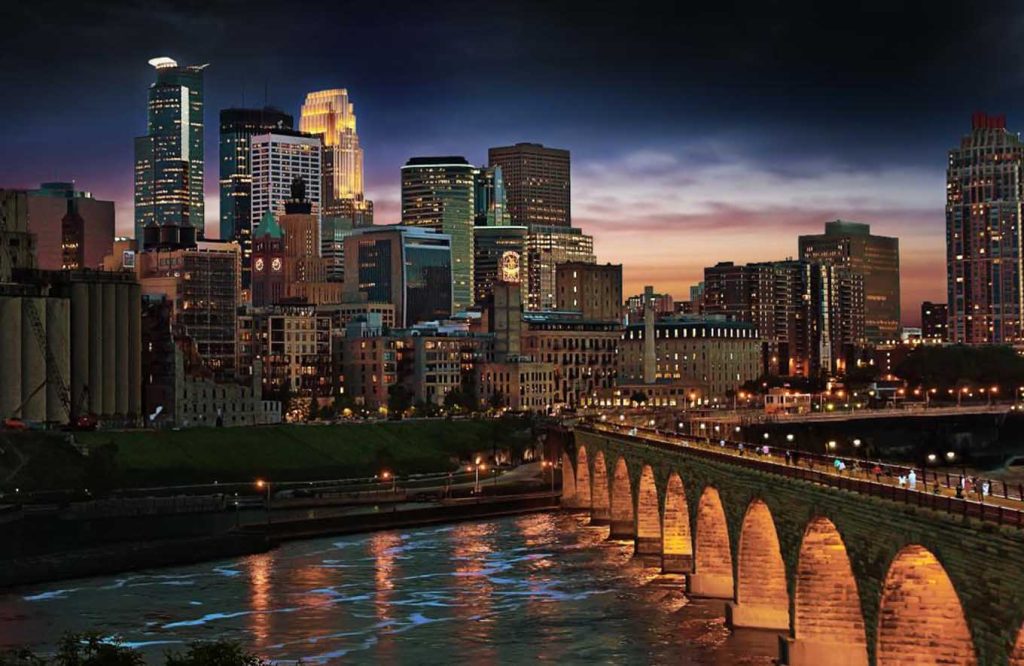
2.3 Camping stoves and cookers
When camping, the choice of cookers and stoves is crucial. During summer camping in Minneapolis, the weather is warm but occasionally rainy, so it is particularly important to have a set of reliable cookers and stoves.
Portable stove: Choose a small and convenient portable stove to help you cook quickly at the campsite. Common ones include gas stoves and liquid fuel stoves. Gas stoves are more suitable for short-term use and are simple and easy to use; liquid fuel stoves are suitable for long-term camping and cold weather.
Cookware: Bring basic cooking utensils such as pots, shovels, plates, bowls, etc. Choose lightweight and durable stainless steel cookware, which is not only easy to clean, but also can withstand the test of high temperatures and outdoor environments.
In addition to these basic equipment, bring some simple ingredients and condiments, such as canned food, dry food, spices, etc., which can add a lot of color to your camping meals.
2.4 Lamps and lighting
When camping, you need sufficient lighting after dark at night, especially when camping in the wild. You can choose the following lamps to ensure the safety and comfort of night activities:
Headlamp: Easy to carry, hands can move freely, suitable for setting up tents and walking at night.
Camping lamp: Hang in the tent or around the camping area, provide a wide range of light, suitable for family camping.
Flashlight: Easy to put in a backpack and use occasionally.
Make sure you bring enough spare batteries to cope with long camping activities.
3. Camping Activities and Surrounding Facilities
3.1 Boating and Swimming in Lakes
Minneapolis’ lakes offer campers a wealth of water activities. You can choose to kayak, row a boat or swim to feel the comfort and relaxation brought by the cool lake water. Many campgrounds offer boat rental services, or you can bring your own boat or canoe for water adventures.
3.2 Hiking and Cycling
In addition to water activities, there are many beautiful routes suitable for hiking and cycling around Minneapolis. The trails around the lakes are one of the most popular hiking routes, providing a unique perspective that allows you to fully experience the tranquility of nature. You can also choose to rent a bicycle to explore the surrounding parks and lakeside scenery.
3.3 Picnics and Socializing
In the process of camping, it is not only to enjoy the scenery of nature, but also picnics and social activities are also an important part of camping. Sitting around the campfire with friends or family, sharing food and stories, not only enhances each other’s feelings, but also makes the camping experience more memorable.
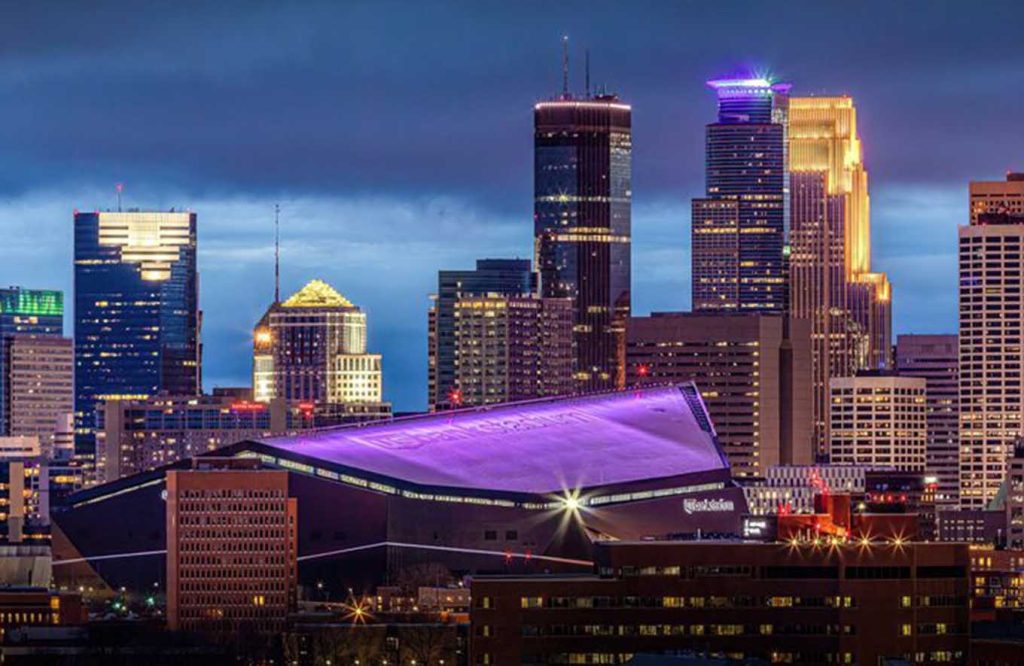
4. Things to note when camping in Minneapolis
4.1 Weather changes and protection
Minneapolis’ summer weather is unpredictable. The temperature may be high during the day, but the temperature difference between morning and evening is large, and there may be sudden rainstorms occasionally. Therefore, you must prepare equipment to adapt to different weather conditions when camping. Make sure to bring waterproof tents, rain gear, warm sleeping bags, and suitable clothing. At the same time, pay attention to weather forecasts, arrange camping activities reasonably, and avoid going out in bad weather conditions.
4.2 Food storage and wildlife
Minneapolis is surrounded by abundant wildlife, especially in lakes and forests, where wildlife activities are more frequent. When camping, be sure to store food and garbage properly, use sealed bags or special storage boxes, and avoid attracting animals into the camping area. Comply with local wildlife protection regulations, avoid feeding animals, and try to store food in the car or high places.
4.3 Garbage removal and environmental protection
Most campsites in Minneapolis are located in nature reserves, so environmental awareness is particularly important. Whether in the camping area or by the lake, be sure to clean up the garbage and take away all the waste without leaving any traces. Follow the principle of “no trace camping” to minimize interference and damage to the environment.
4.4 Safety and first aid preparation
When camping, safety always comes first. Make sure the tent is stable and placed on flat ground. Prepare a basic first aid kit, including bandaids, disinfectant, sunscreen, etc. You can also bring a compass and map to prevent getting lost.
Summer camping is one of the best ways to experience the unique natural scenery of Minneapolis. From novice campers to experienced campers, preparing the right equipment, choosing the right campsite, and bringing family and friends to enjoy a good time by the lake will definitely become your unforgettable travel experience.
